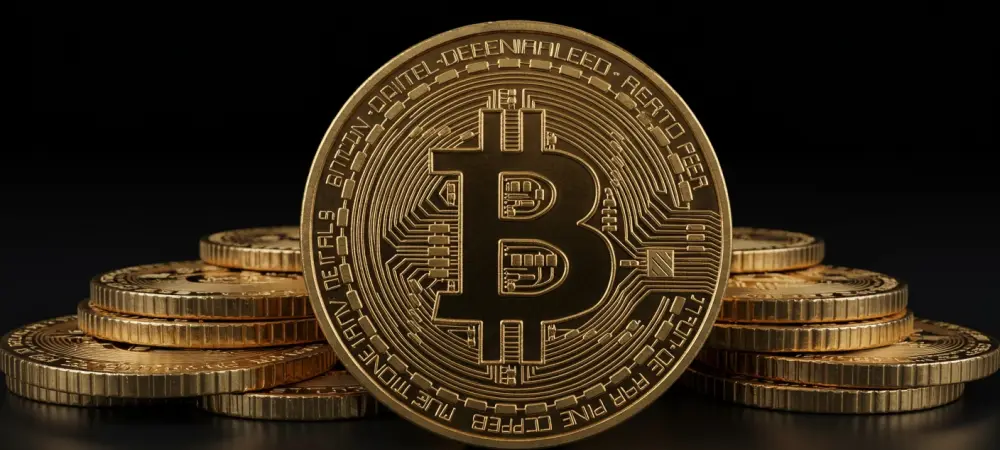The cryptocurrency world is currently experiencing significant activity, with headlines captured by the upcoming global launch of BlockDAG (BDAG). Set for August 11, this event is capturing investor interest with its attractive $0.0016 presale pricing for BDAG coins, marking the end of a crucial investment opportunity. Meanwhile, shifts in Tron (TRX) and PEPE illustrate contrasting market dynamics, providing an intriguing look into potential trends and investor strategies in the crypto market.
Emerging Developments in Cryptocurrency Markets
The upcoming launch of BlockDAG is poised to redefine the cryptocurrency landscape. The presale pricing of $0.0016 per BDAG offers an enticing opportunity for investors, especially as the coins’ value has surged by 2,660% to $0.0276. With over $335 million already raised and investor interest surging, prominent exchanges like MEXC, LBANK, and others are preparing for BDAG’s market entry. This broad exposure promises robust post-launch demand, potentially reshaping investment strategies. BlockDAG’s burgeoning user base, supported by its X1 Miner App with over 2 million users, amplifies its presence, setting a strong foundation for future growth as analysts predict prices may escalate to $1.
In-Depth Analysis of Market Dynamics
Strategic Positioning of Key Cryptocurrencies
BlockDAG’s ability to attract massive investment and its striking coin sales underscore its strategic market positioning. With over 23.7 billion coins sold and a rapidly increasing value, it presents itself as an emerging power among cryptocurrencies. Not without its challenges, it faces potential volatility and overvaluation risks if expectations are not met post-launch.
Comparative Market Analysis
Comparatively, Tron is riding a wave of optimism as whale investors show interest, suggesting robust market confidence. On-chain data points to profitable holdings, and the withdrawal of TRX from exchanges indicates a shift toward long-term investment. While this signifies a positive trajectory, potential resistance looms in the $0.295 to $0.30 range, necessitating careful market observation. Conversely, PEPE’s market outlook is characterized by bearish sentiments. Charts depict a challenging environment with prices dropping below pivotal support levels. With declining trading volume and a relative strength index signaling downward trends, the potential for further decline raises concerns.
Regional and Regulatory Influences
The global reach of BlockDAG across 20 exchanges illustrates its wide market acceptance, yet variations in regional regulation may affect its implementation. Complexities arise from differing regional market conditions, underscoring the importance of innovative approaches and strong regulatory frameworks for consistent growth.
Strategic Implications and Recommendations
Analyzing ongoing trends indicates a dynamic and challenging landscape in the cryptocurrency market. Investors and industry participants must remain vigilant, adapting to rapid developments. Exploring strategic investments in technological trends could enhance opportunities, while businesses should seek to align with emerging market dynamics. The closing of BlockDAG’s presale window represents a critical juncture, and informed decision-making will be essential for those looking to capitalize on changing market conditions.
Conclusion: Navigating the Complex Crypto World
The market insights discussed highlighted BlockDAG’s promising potential, Tron’s steadfast support, and PEPE’s volatile nature, confirming the complex interplay of crypto dynamics. As BlockDAG approaches its launch, investors face key decisions regarding entry timing and risk assessment. Meanwhile, Tron’s whale-backed momentum and PEPE’s downward trajectory marked distinct paths that could impact investor behavior. Organizations and investors discovered that strategic intuition, technical analysis, and market understanding were key to navigating this evolving landscape.

